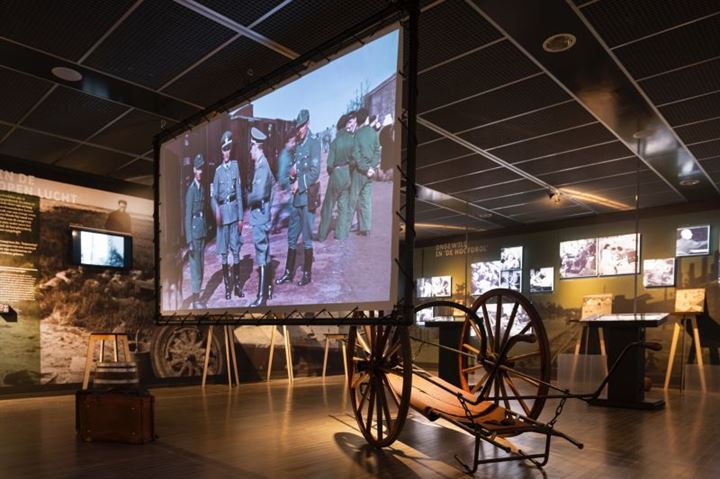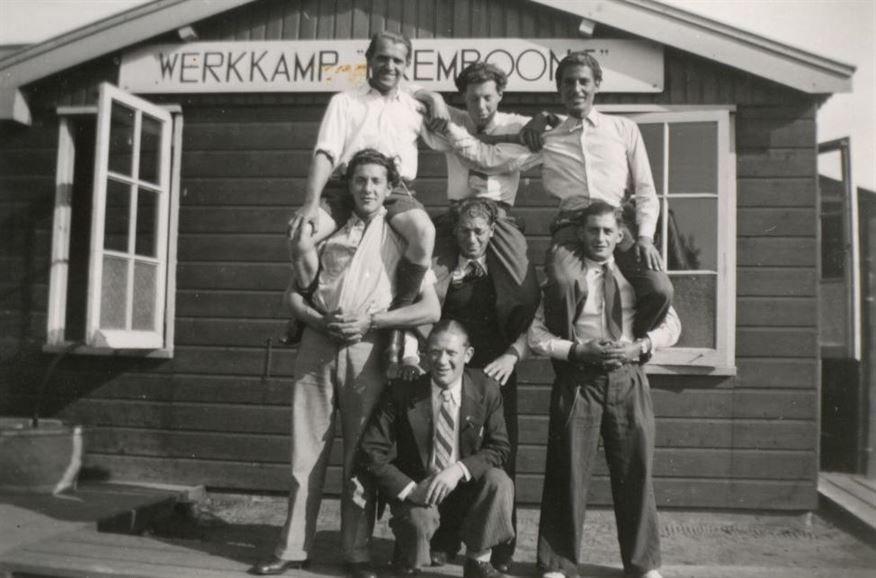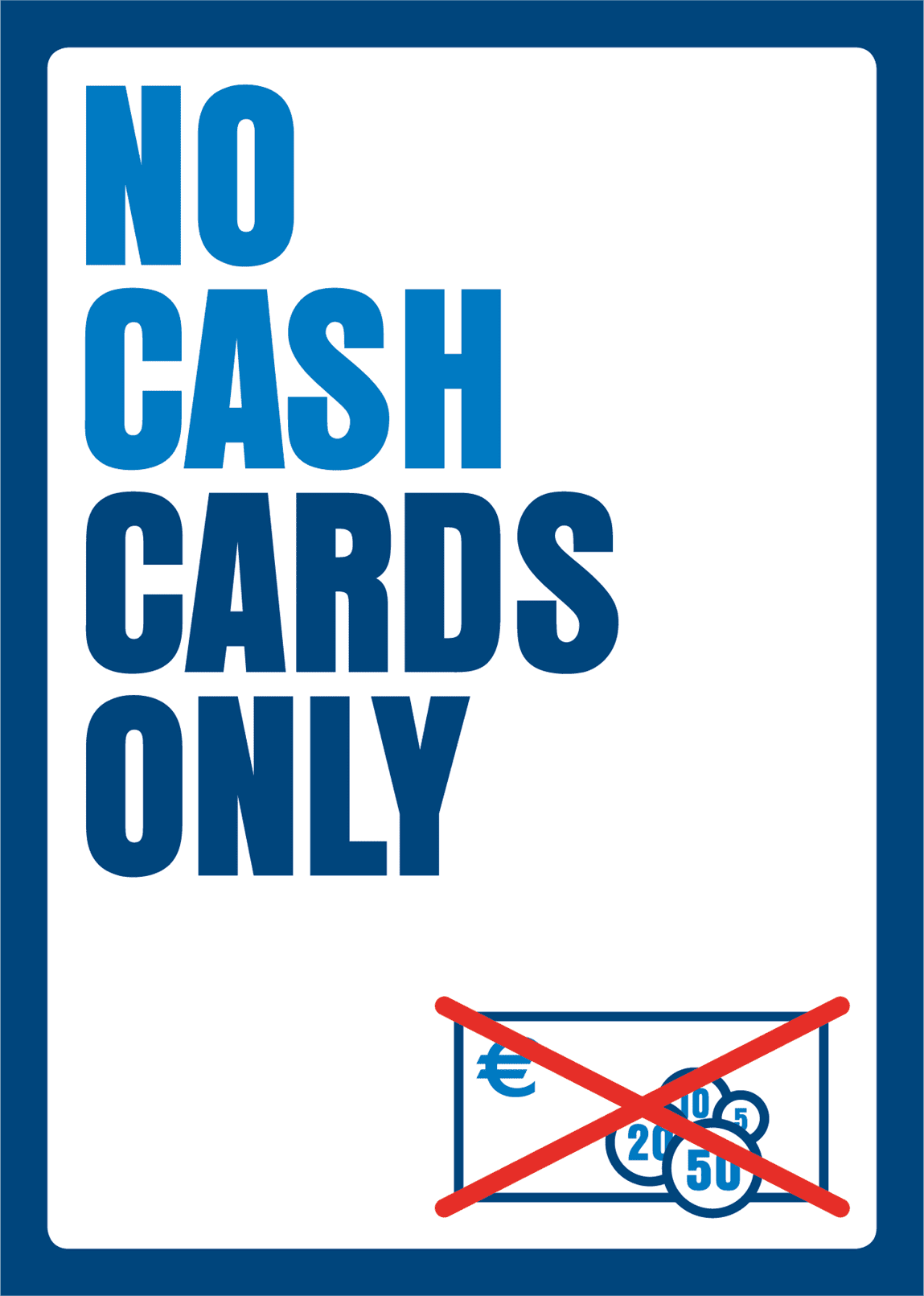Captured in Images
Thursday, 11 March 2021On view at the Memorial Center Camp Westerbork from 19 May*, ‘Captured in Images’ is an exhibition about the ‘Westerbork film’ commissioned in 1944 by camp commander Albert Gemmeker and made by German Jewish refugee and camp prisoner Rudolf Breslauer. The film contains the only images of a Nazi transit camp for Jews, Sinti and Roma dating from the war itself, including iconic scenes of an incoming and departing transport. In the Camp Westerbork museum, the exhibition tells the story of the context for the making of the film. In the camp area, scenes from the film will be shown in the actual locations where Breslauer stood with his camera in 1944.
Restoration
The film and production documents are recognised as having global significance: in 2017 they were included on the UNESCO Memory of the World Register. After this, the unique visual material, which is owned by the NIOD Institute for War, Holocaust and Genocide Studies, was examined, edited and carefully restored by the Dutch Institute for Sound and Vision, with a subsidy from the Rothschild Foundation Hanadiv Europe. High-quality scanning and restoration have resulted in clearer and more stable images that reveal more details. In addition, a very short film fragment that was previously unknown was found. In 2019, production company The Media Brothers commissioned visual effects specialists Planet X to colourise several film images for a film about camp commander Gemmeker. This was undertaken with the help of researchers at the Memorial Center Camp Westerbork.
Collaboration
The exhibition in the camp area is the first project organised around the newly-restored images, as part of the long-term programme ‘Westerbork, Captured on Film’. This programme, which aims to tell the story of Westerbork in all its forms, is a collaboration between: Sound and Vision, Memorial Center Camp Westerbork; the NIOD; Unesco Memory of the World Comité Nederland; and the National Holocaust Museum.
Seven Scenes
In the former camp, visitors can view various film clips on large screens in the locations where they were filmed 77 years ago. There are seven scenes in total, showing different aspects of daily life in the camp: a departing transport, an incoming transport, registration and a cabaret show, working in the greenhouse in the camp commander’s garden, morning gymnastics and working in the toy maker’s or aircraft demolition yard. The exhibition in the Memorial Center provides extensive contextual information for the film. There are original objects on display related to the seven film clips, and former prisoners who appear in the Westerbork film tell the story of their time at the camp in short audio clips.
Background
Why the Westerbork film was made – at a time when the Germans’ war prospects had turned for the worse – remains unclear. During his trial in 1948, camp commander Gemmeker explained that he wanted to record the camp in all its guises ‘for later’. What is known are the dates when it was filmed: between 5 March and 19 May 1944. Filming then came to an abrupt halt and the film was never edited. The raw material contains images that would more than likely have been censored by the Nazi authorities before the final edit. This makes the film an incredibly rare record of daily life in a Nazi transit camp. In 1995, the film gained an extra dimension when the identity of the girl looking out of the opening of a goods wagon in the images was established: Settela Steinbach, who was a Sintezza rather than a Jew. The still gave a human face to the persecution of the Sinti and Roma.
Rudolf Breslauer was deported with his family to Theresienstadt on 4 September 1944, and a month later was sent to Auschwitz. He was murdered in an unknown location on 28 February 1945; his wife and two sons were gassed in Auschwitz; his daughter Ursula survived the war.






